West Bali National Park: A Sanctuary of Nature and Biodiversity
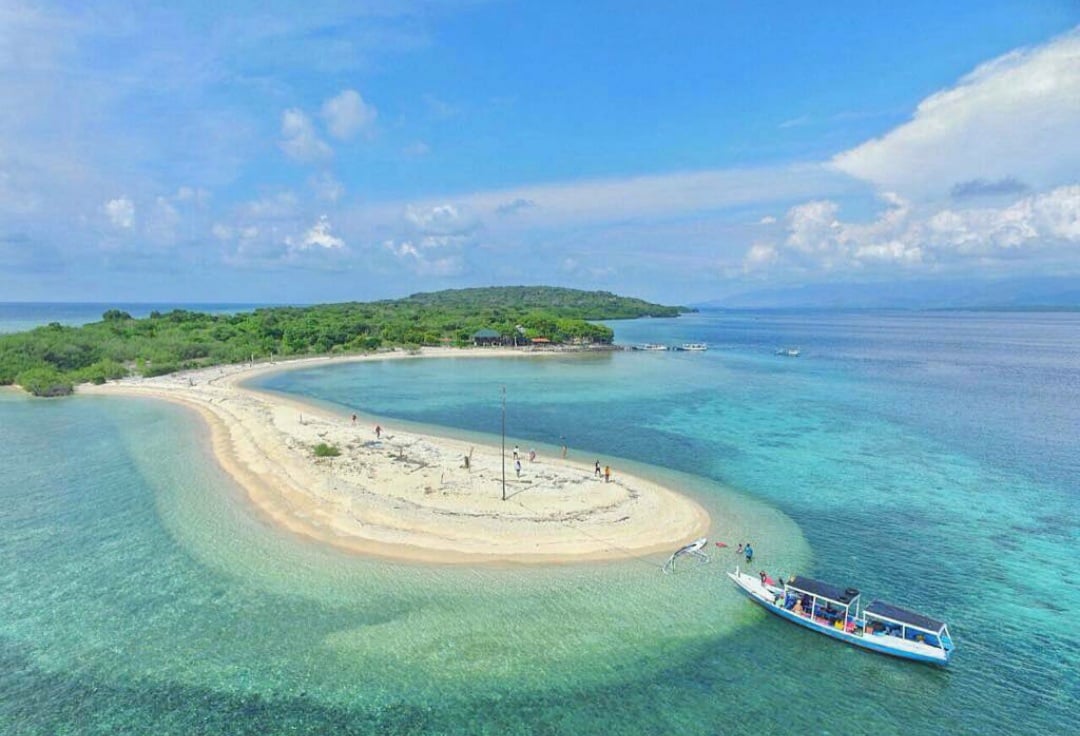
West Bali National Park. Bali is often celebrated for its vibrant culture, stunning beaches, and lively tourist attractions. However, for those who seek to explore the island’s wilder side, West Bali National Park offers a serene and captivating experience. This national park, located in the remote northwest corner of Bali, is a haven for biodiversity, showcasing a range of ecosystems from dense rainforests to pristine coral reefs. In this article, we’ll delve into the wonders of West Bali National Park, exploring its location, topography, rich flora and fauna, activities available for visitors, and the unique Menjangan Island.
1. Location of West Bali National Park
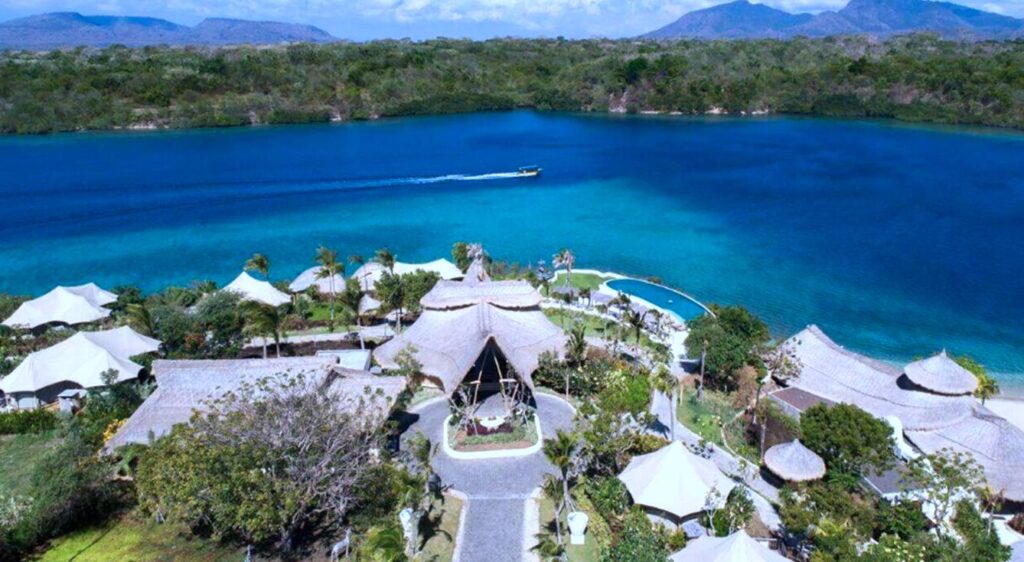
West Bali National Park (Taman Nasional Bali Barat) is located in the northwestern part of Bali, Indonesia. The park encompasses approximately 190 square kilometers of land and an additional 580 square kilometers of marine area, including coral reefs and mangrove forests. It covers most of the Prapat Agung Peninsula and stretches to the southern shores of Gilimanuk Bay, near the Bali Strait.
The park is accessible from several points on the island. The main entrance is located near the town of Gilimanuk, which is also the ferry terminal for boats coming from Java. From Denpasar, the capital of Bali, it takes about four hours by car to reach the park, making it a more remote destination compared to Bali’s southern tourist hotspots.
2. West Bali National Park Generally
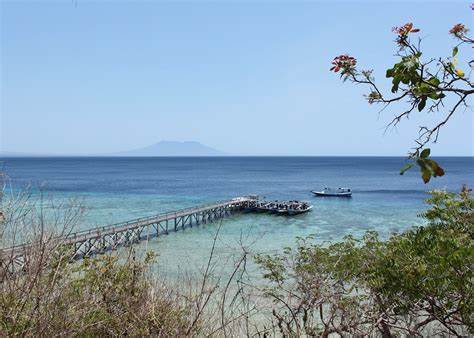
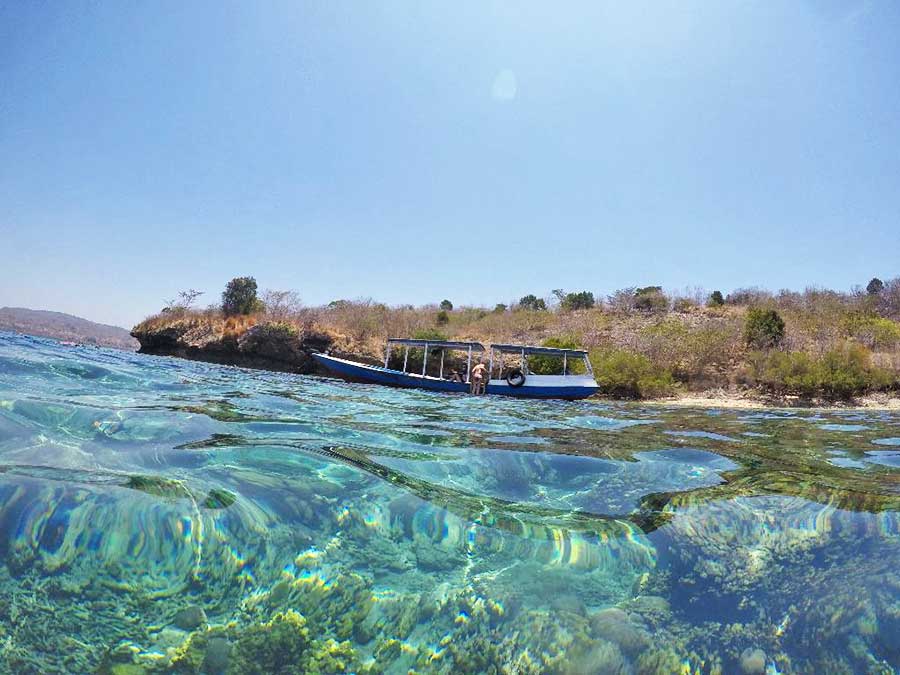
Established in 1941, West Bali National Park was created to protect the rich biodiversity of Bali’s northwest region, particularly the endangered Bali Starling (Leucopsar rothschildi). The park is one of the most important conservation areas in Indonesia, providing a sanctuary for a wide range of species and ecosystems.
The park’s creation was driven by concerns over the rapid deforestation and hunting that were threatening Bali’s unique wildlife. Today, it stands as a testament to conservation efforts, offering a refuge for numerous species and serving as a destination for eco-tourism.
West Bali National Park is unique in its diversity of habitats, including tropical rainforests, mangrove swamps, savannahs, coral reefs, and dry deciduous forests. This variety of ecosystems supports an incredible array of plant and animal life, making the park a key area for scientific research, conservation, and nature-based tourism.
3. Topography of West Bali National Park
The topography of West Bali National Park is varied and dramatic, ranging from coastal lowlands to mountainous highlands. The park’s terrain includes:
- Mountains and Hills: The park’s highest point is Mount Patas, which rises to about 1,412 meters above sea level. The mountainous regions in the northern part of the park are characterized by steep slopes, dense forests, and cooler temperatures. These areas offer stunning views of the surrounding landscape and are home to some of the park’s most pristine forest habitats.
- Prapat Agung Peninsula: The Prapat Agung Peninsula, located in the northwest of the park, is a prominent landform that juts out into the Bali Sea. The peninsula is dominated by dry deciduous forests and savannah-like landscapes, providing a stark contrast to the lush rainforests found elsewhere in the park. The peninsula’s coastline is lined with mangroves, coral reefs, and sandy beaches.
- Coastal Areas: The southern part of the park is characterized by coastal lowlands, including mangrove swamps and tidal flats. These areas are crucial for the park’s marine ecosystems and provide important habitats for bird species and other wildlife.
- Marine Ecosystems: The waters surrounding West Bali National Park are home to vibrant coral reefs, seagrass beds, and diverse marine life. Menjangan Island, located just off the coast, is part of the park’s marine reserve and is known for its crystal-clear waters and rich biodiversity.
4. Flora and Fauna at West Bali National Park
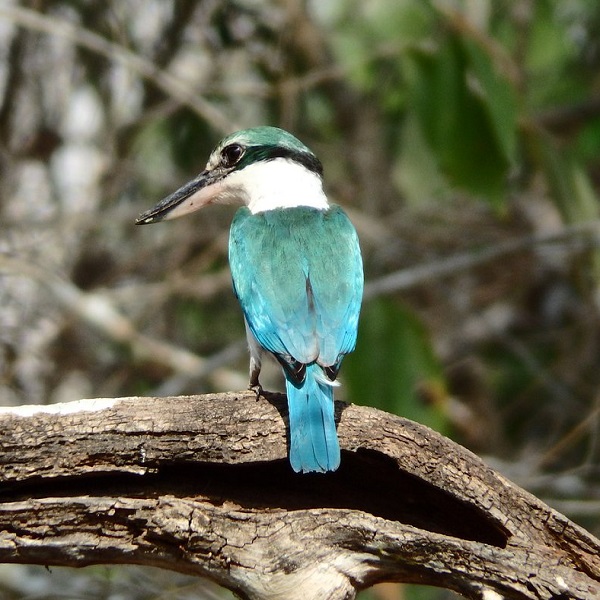
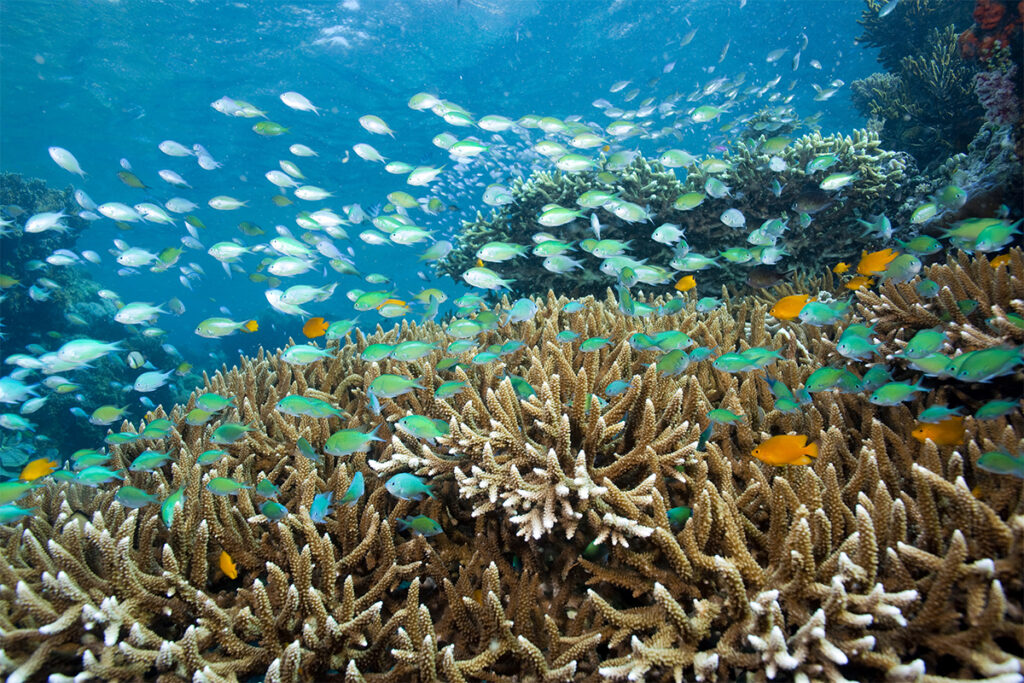
West Bali National Park is a biodiversity hotspot, home to a remarkable variety of plant and animal species, many of which are endemic to the region.
- Flora: The park’s diverse habitats support a wide range of plant species, from coastal mangroves to montane rainforests. In the lowland areas, mangrove species such as Rhizophora and Avicennia dominate the coastal swamps. The dry forests of the Prapat Agung Peninsula are characterized by trees like teak, tamarind, and Acacia. In the higher elevations, tropical hardwoods, ferns, and orchids thrive in the cooler, wetter conditions.
- Bali Starling (Jalak Bali): The Bali Starling, also known as the Bali Mynah, is the park’s most iconic and critically endangered species. This bird, with its striking white plumage and blue eye patches, is found only in Bali. Conservation efforts within the park, including captive breeding and reintroduction programs, have been vital in protecting this species from extinction.
- Birdlife: The park is a paradise for birdwatchers, with over 160 species recorded. In addition to the Bali Starling, visitors may spot species such as the Javan kingfisher, black-naped oriole, crested serpent eagle, and the white-bellied sea eagle. The park’s wetlands also attract migratory birds, adding to its avian diversity.
- Mammals: West Bali National Park is home to a variety of mammals, including the Javan rusa deer, wild boars, long-tailed macaques, and leopard cats. The park’s forests provide important habitats for these animals, while the savannah areas are popular grazing grounds for herbivores.
- Marine Life: The park’s marine areas, particularly around Menjangan Island, are rich in marine biodiversity. The coral reefs are teeming with colorful fish, sea turtles, and occasionally reef sharks. The marine life here is supported by healthy coral ecosystems, making it a prime spot for snorkeling and diving.
5. What to Do at West Bali National Park
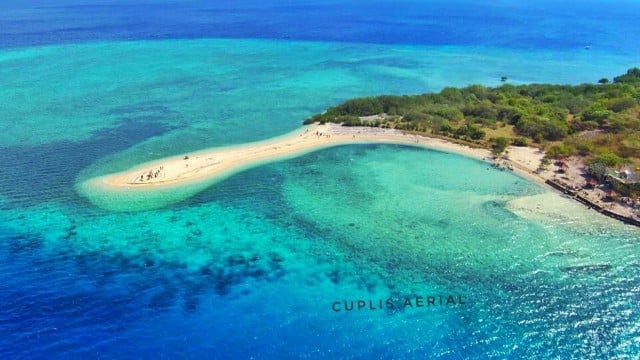
West Bali National Park offers a range of activities for visitors, from wildlife observation to underwater exploration. Here’s what you can do:
- Hiking and Trekking: The park has several trails that allow visitors to explore its diverse landscapes. Guided treks can take you through dense forests, up to mountain viewpoints, and across the dry savannahs of the Prapat Agung Peninsula. These hikes offer opportunities to spot wildlife and enjoy the park’s natural beauty.
- Birdwatching: With its rich avian diversity, West Bali National Park is a top destination for birdwatchers. Early morning and late afternoon are the best times to spot the park’s birdlife, including the rare Bali Starling. Guided birdwatching tours are available, providing expert knowledge and increasing your chances of seeing the park’s most elusive species.
- Snorkeling and Diving: The marine areas around Menjangan Island are among the best snorkeling and diving spots in Bali. The island’s coral reefs are home to a dazzling array of marine life, including colorful reef fish, sea turtles, and occasional dolphins. The clear waters and vibrant coral gardens make for an unforgettable underwater experience.
- Wildlife Spotting: The park’s varied habitats provide opportunities to see a wide range of wildlife, from monkeys and deer to the elusive leopard cat. Guided wildlife tours can enhance your chances of spotting these animals and provide insights into their behavior and ecology.
- Beach Exploration: The park’s coastline features several secluded beaches, perfect for relaxing after a day of exploration. These beaches are often quiet and undeveloped, offering a peaceful escape from the more crowded tourist areas of Bali.
6. Menjangan Island as Part of West Bali National Park
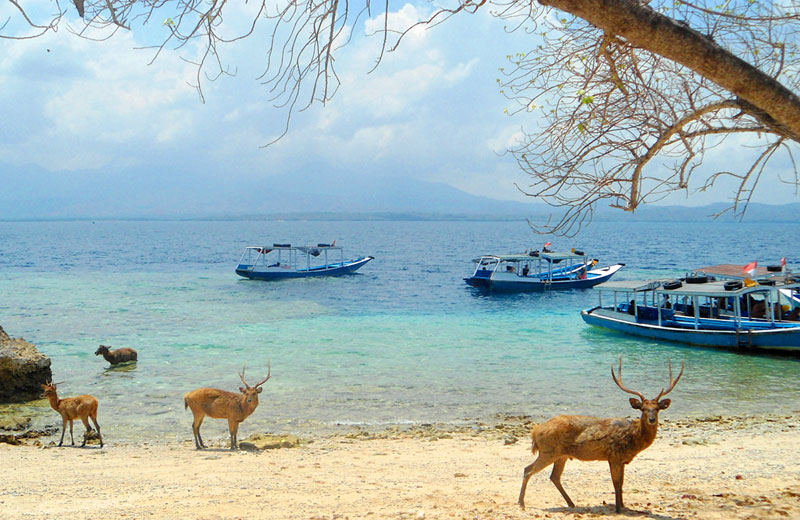
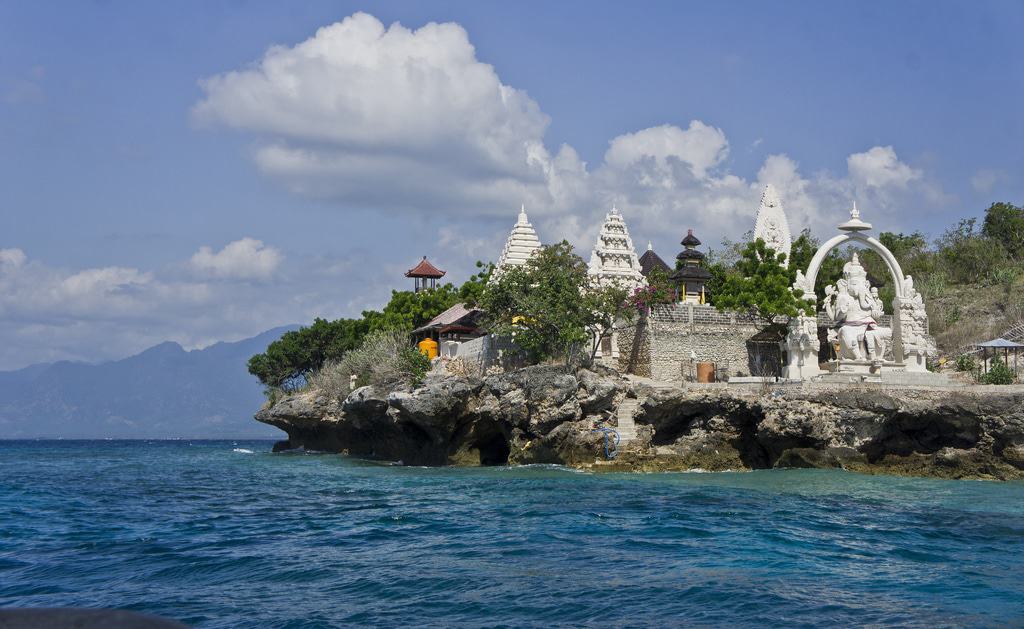
Menjangan Island is a small, uninhabited island located just off the coast of West Bali National Park. The island is part of the park’s marine reserve and is renowned for its crystal-clear waters, vibrant coral reefs, and abundant marine life.
- Snorkeling and Diving: Menjangan Island is one of Bali’s premier snorkeling and diving destinations. The island’s coral reefs are incredibly diverse, with excellent visibility and a wide range of marine species. Popular dive sites include Eel Garden, known for its fields of garden eels, and the Anker Wreck, a coral-covered wreck of a Dutch ship from the 19th century.
- Marine Conservation: As part of the national park, Menjangan Island is protected from overfishing and destructive activities, ensuring that its marine ecosystems remain healthy. The island’s reefs are some of the best-preserved in Bali, making it a crucial area for marine conservation.
- Menjangan Temple: In addition to its natural beauty, Menjangan Island is home to a small temple, Pura Gili Kencana. This temple is visited by Balinese Hindus during religious ceremonies and offers a cultural element to the island’s appeal.
- Boat Trips: Boat trips to Menjangan Island are available from the mainland, allowing visitors to explore the island’s waters and enjoy its remote beauty. Many tour operators offer packages that include snorkeling, diving, and transportation to and from the island.
West Bali National Park and Menjangan Island offer a unique opportunity to experience Bali’s natural beauty in its most pristine form. From the diverse landscapes of the park to the underwater wonders of Menjangan Island, this region is a haven for nature lovers, adventurers, and those seeking a peaceful escape from the busier parts of the island. Whether you’re hiking through the park’s forests, snorkeling in its crystal-clear waters, or simply relaxing on a secluded beach, West Bali National Park provides an unforgettable experience that showcases the incredible biodiversity and beauty of Bali.


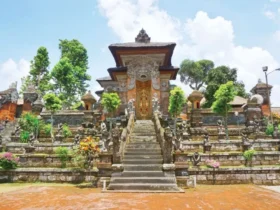

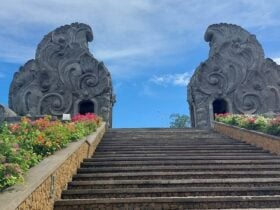
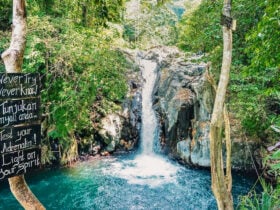
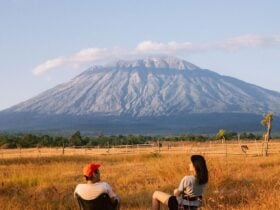
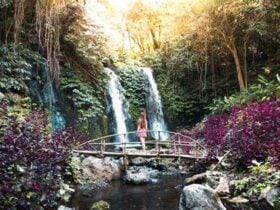

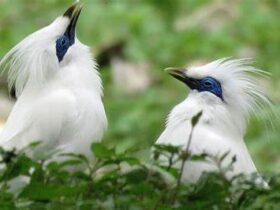
Leave a Review